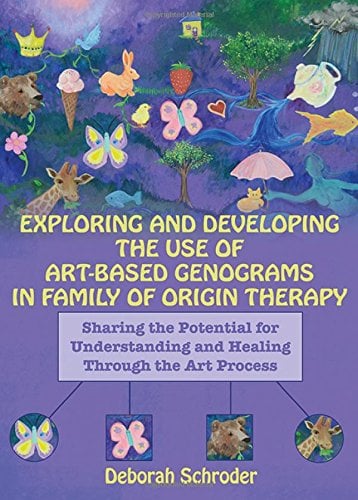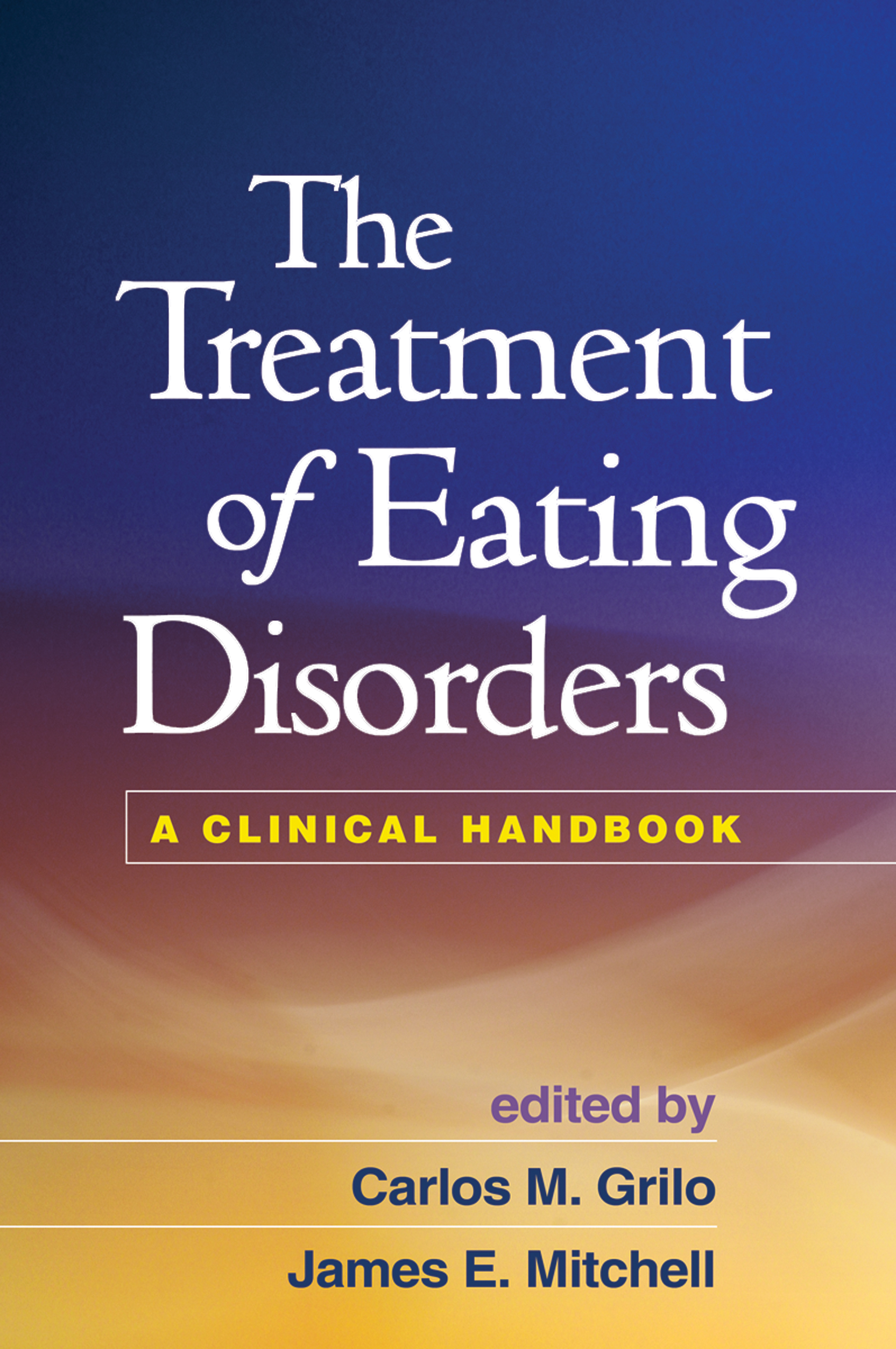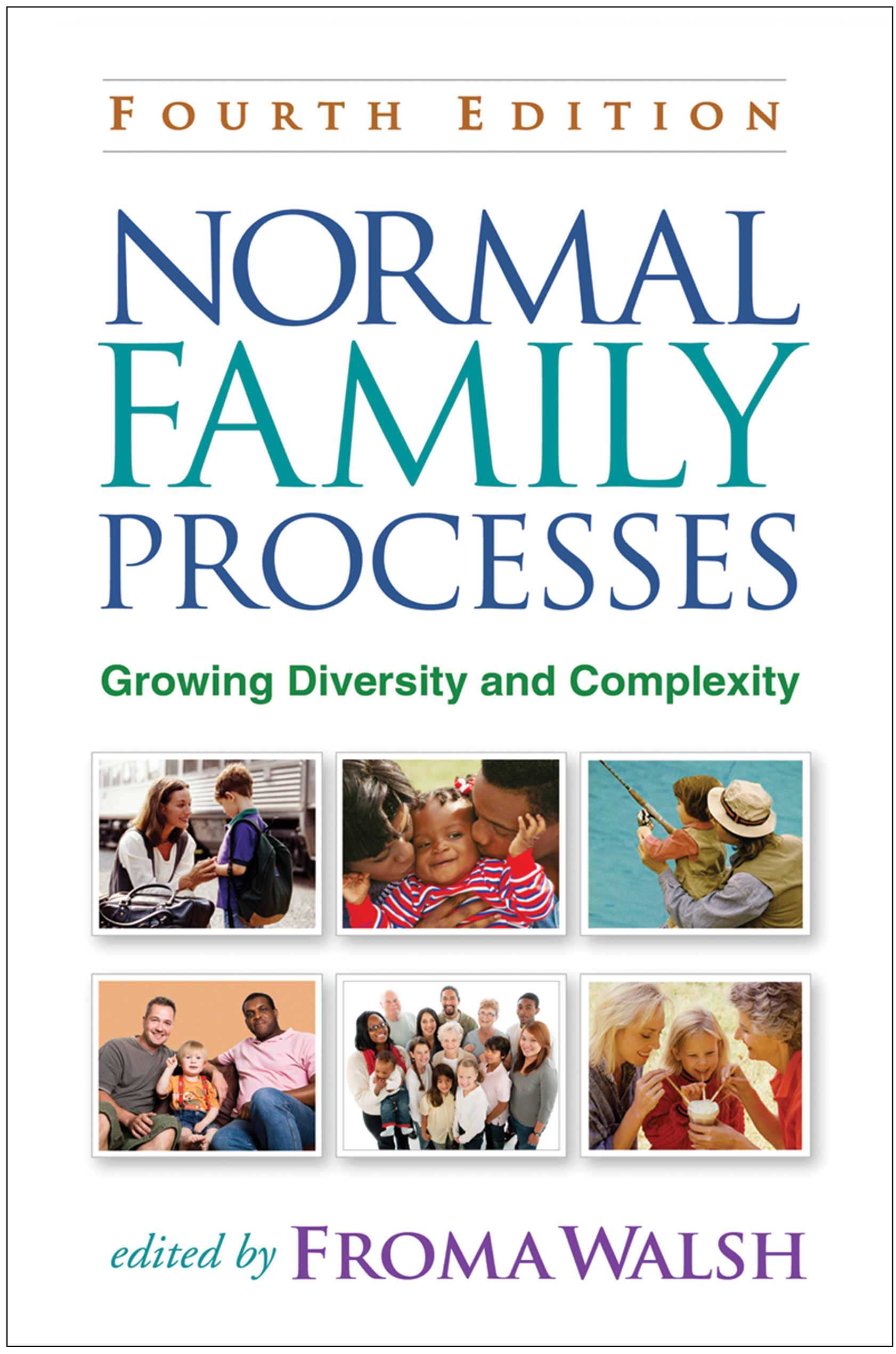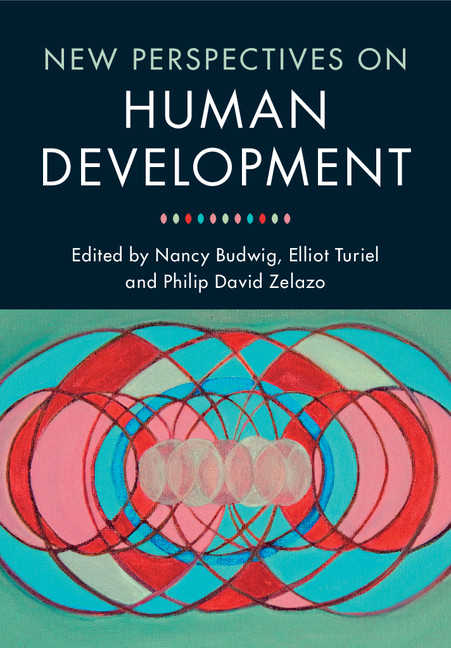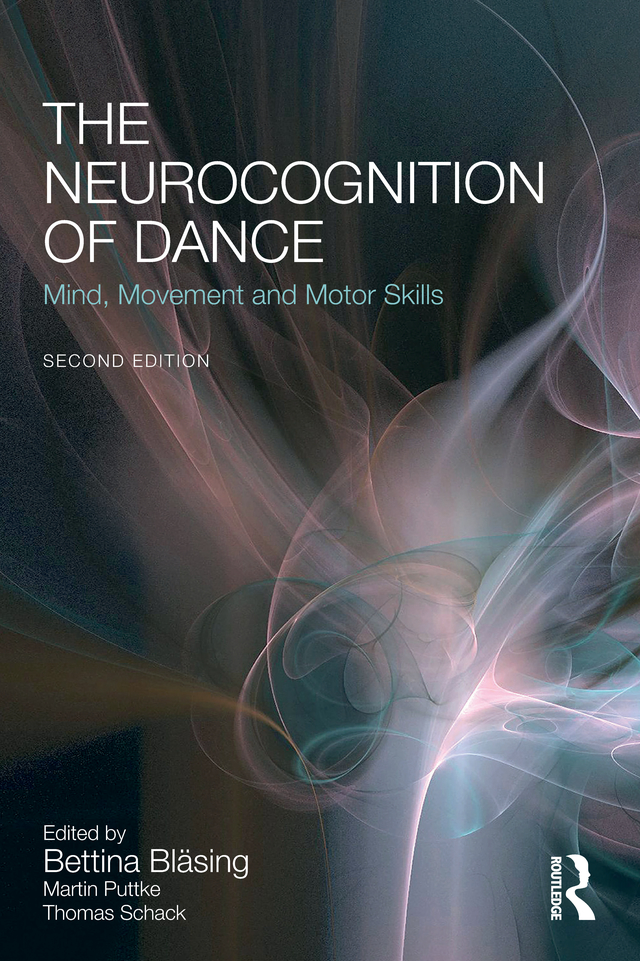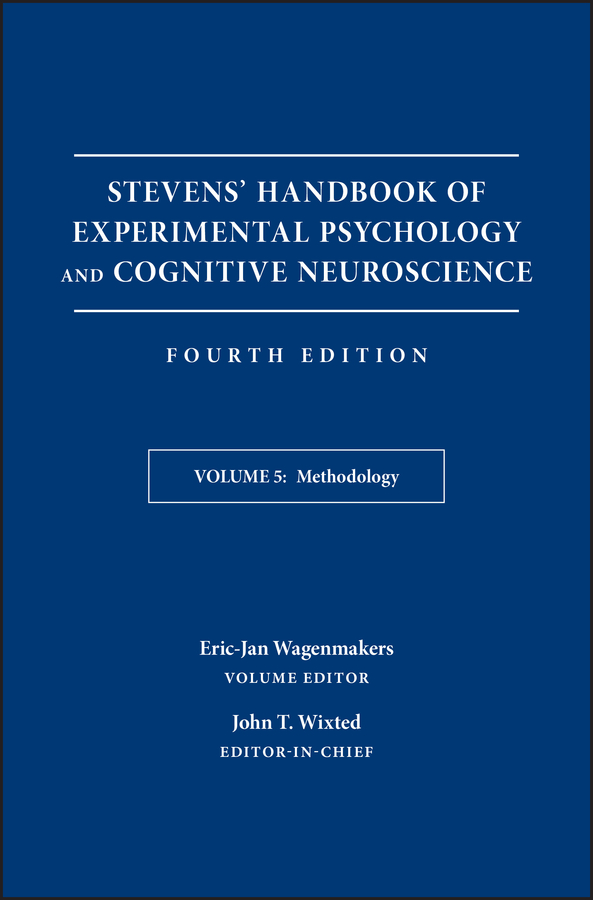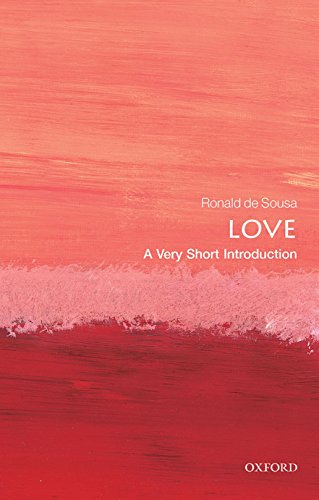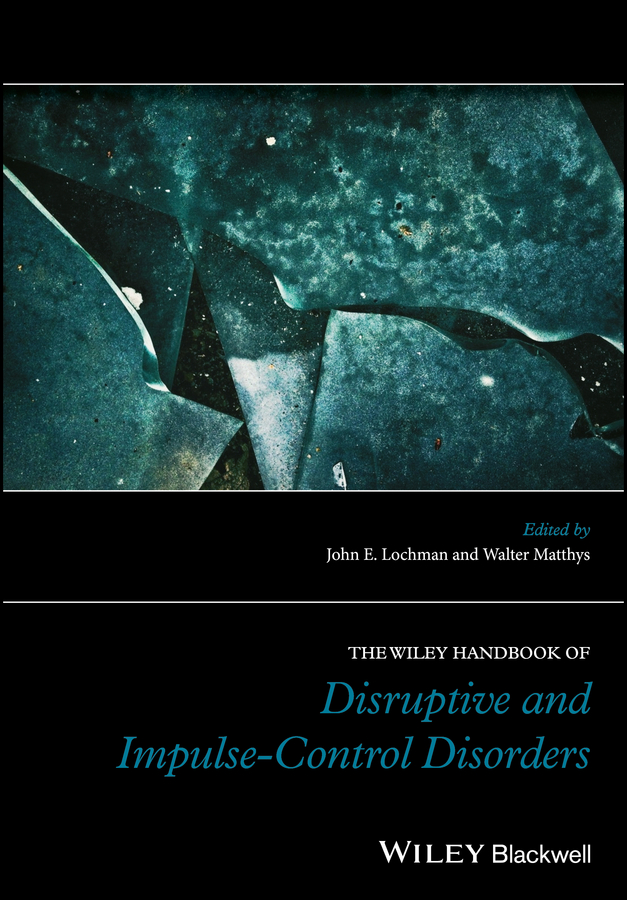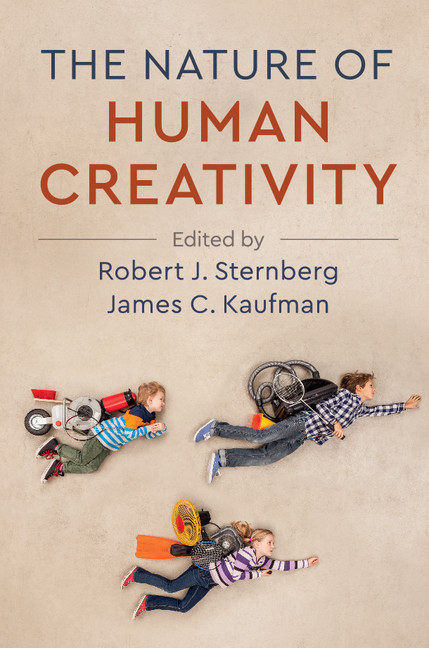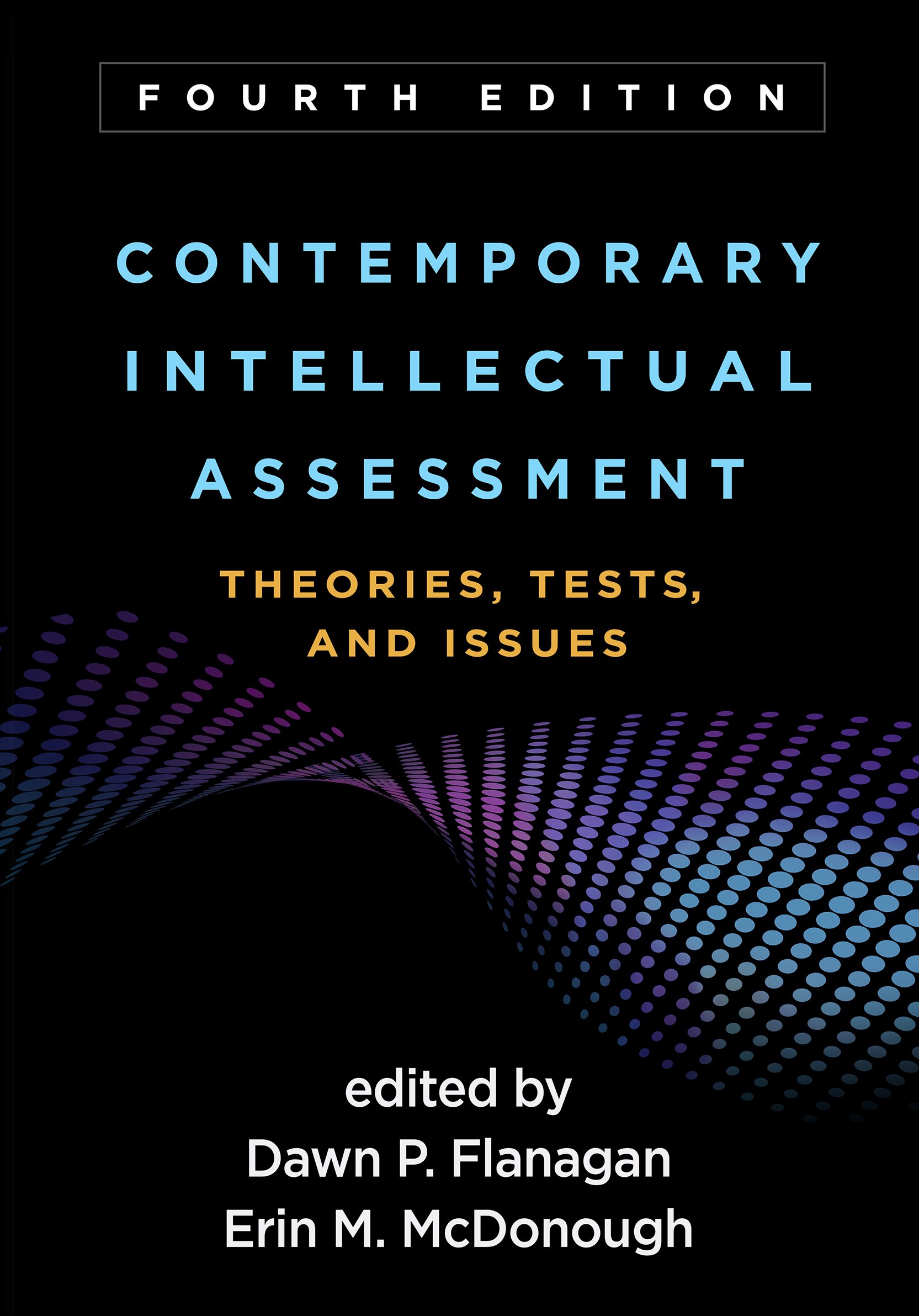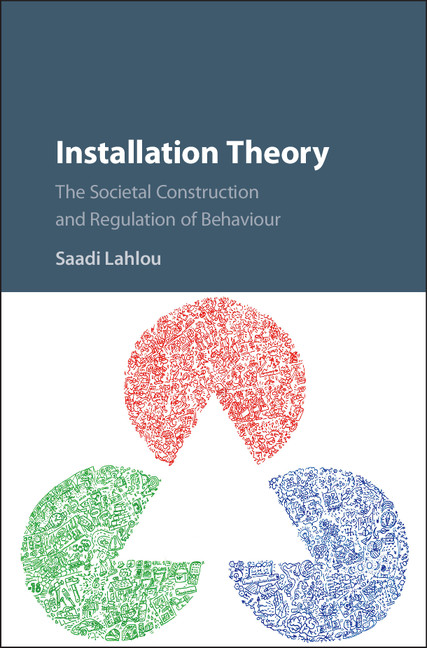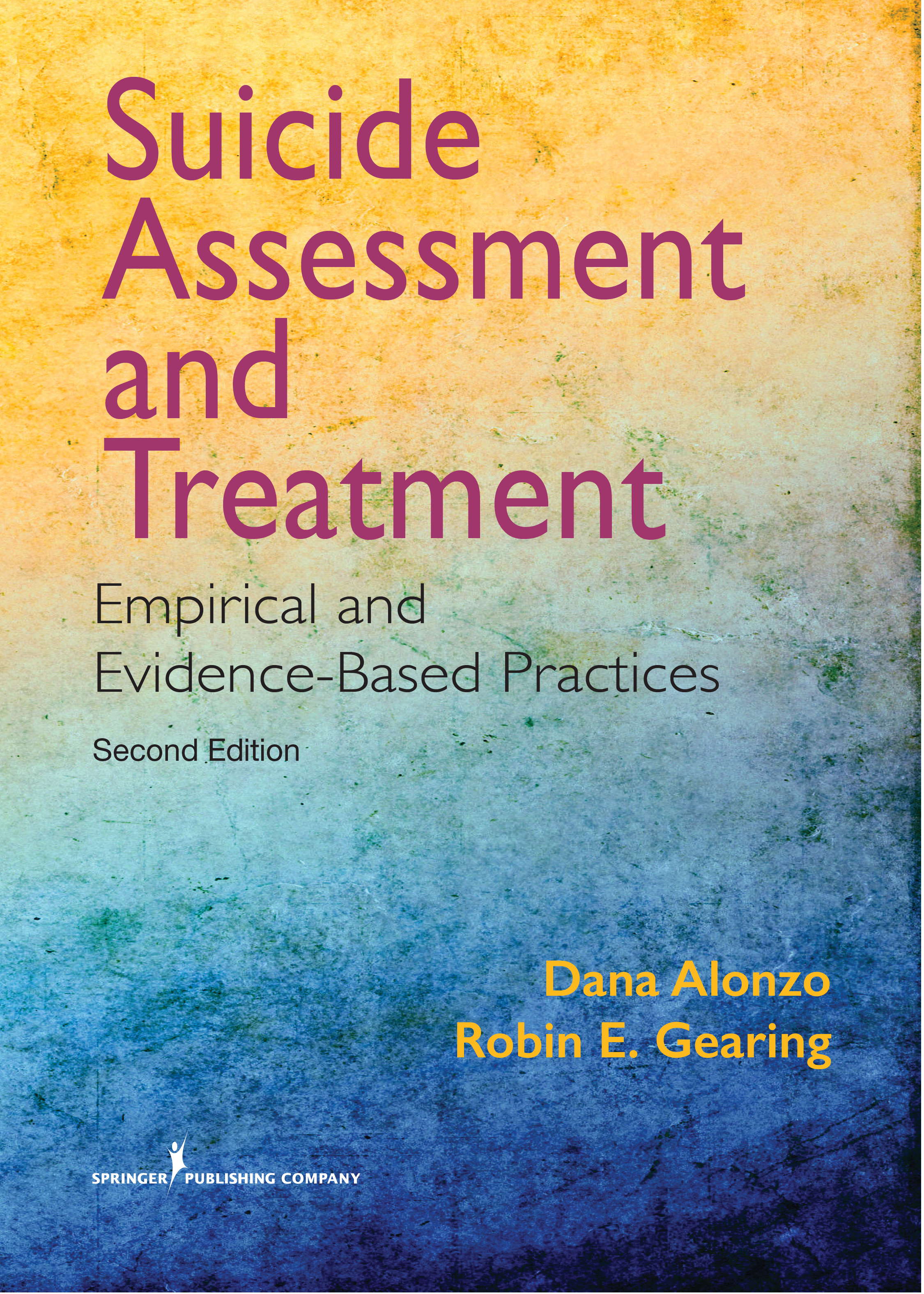Exploring and Developing the Use of Art-Based Genograms in Family of Origin Therapy
by Deborah Schroder
2020-07-09 03:13:23
Exploring and Developing the Use of Art-Based Genograms in Family of Origin Therapy
by Deborah Schroder
2020-07-09 03:13:23
Exploring and Developing the Use of Art-Based Genograms in Family of Origin Therapy was written to share the almost magical understandings that literally become visible when we use symbols, metaphors and imagery in the genogram process. The tradition...
Read more
Exploring and Developing the Use of Art-Based Genograms in Family of Origin Therapy was written to share the almost magical understandings that literally become visible when we use symbols, metaphors and imagery in the genogram process. The traditional genogram process is invaluable in helping people understand family history and who was present in generations of family life. An astonishing movement into depth of meaning happens when people are asked to create a visual image or symbol for their family members and ancestors. Suddenly, through metaphor, we can see the emotional impact and the qualities of relationships that these images and therefore family members hold. Unspoken or hidden family beliefs, patterns and rules suddenly surface from the depths of the art, freeing one from following along unconsciously and opening up the possibilities for choice as one moves into the future. The foundation of the art-based genogram provides abundant information about the family generational theme that is revealing and insightful for the art maker. It allows support for a creative depiction of the art maker's ancestral pains, sufferings, joys, celebrations, and life's viewpoints. This creative endeavor reveals therapeutic information that art makers can integrate into their current, present-day lives. Major topics include: (1) the historical use of the genogram; (2) the family of origin and unspoken or hidden family beliefs; (3) how to create art-based genograms; (4) therapeutic uses in individual therapy; (5) therapeutic uses in couples and family work; (6) how to welcome children to the process; (7) the intergenerational flow of special issues; and (8) a wide variety of uses for art-based genograms. Case examples are used to illustrate specific points throughout the book. This unique text will be a valuable resource for art therapists, counselors, and other mental health professionals.
Less


